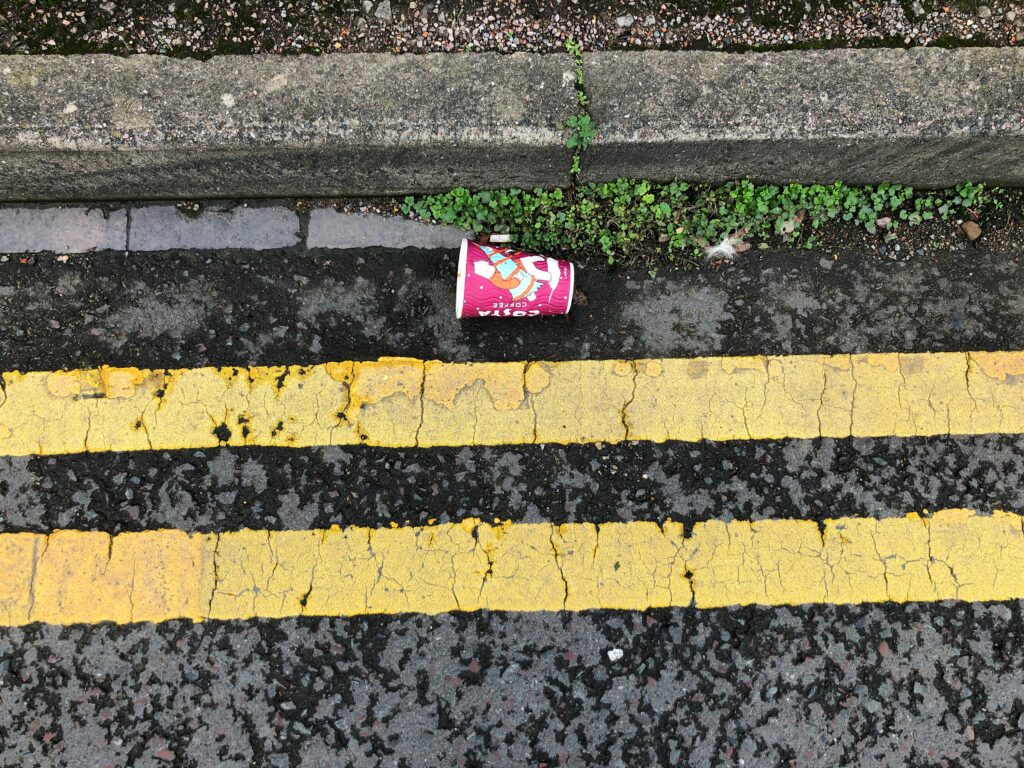In a recent viral video, Attorney Ugo Lord walks us through a legal analysis of a situation when a driver breaks a newly paved road. The video starts with a white SUV rolling over the hot asphalt, leaving wear marks on the freshly paved surface. Lord’s take on the video as a legal matter has already proved interesting, as it reveals who can be responsible for the damages.
Ugo Lord’s Legal Analysis
Applying his legal knowledge, Lord clearly states that the person who damages public property is guilty. In this case, the driver who decided to drive on uncooled asphalt is liable.
Lord goes a step further and discusses the possible legal process in such situations. According to him, the usual procedure is for the government (or the affected authority) to approach the driver’s insurance company to claim compensation for the damages. If the driver’s insurance policy does not cover such losses or refuses to pay, the City has the legal right to forward the bill directly to the driver.
While Lord shows this to be the case in most jurisdictions, he also highlights a rather unpleasant truth of the matter. He further elaborates that these damages are often left unrepaired, and this is mainly because the costs involved are much more than what the driver can afford to reimburse the city. Eventually, the city is in a dilemma that exposes a loophole that needs closing.
Legal Research on Destruction of Government Property

Certain legal research corroborates Lord’s analysis by shedding light on the legislation surrounding such acts of property damage. The focus here is on 18 U.S. Code § 1361, which designates the destruction or damage to property owned or controlled by the federal government as a federal crime.
This statute stresses that for a conviction to happen, it is imperative that the prosecution demonstrates that the defendant committed the act of destruction intentionally, conscious of the fact that their actions were wrong.
Further legal information is under California Penal Code 594 PC—Vandalism, which explains the legal definition of vandalism in California. The legal basis of the law revolves around three fundamental facts, which make up the “elements of the crime.” Prosecutors must prove all of these facts for a conviction to be successful under Penal Code 594 PC.
The elements are the deliberate defacement, damage, or destruction of property, the absence or sharing of ownership of the property, and the financial nature of the damage. The former is classified as a misdemeanor punishable by a fine of less than $400, while the latter, including damage of $400 or more, is classified as a felony.
With regard to the video, the driver might be criminally liable for vandalism if he/she intentionally damaged the road (public property he/she did not own), and the cost of the damage is less than $400 for a misdemeanor prosecution or $400 and above for a felony prosecution.
Implications and Takeaways
In short, the video and its legal analysis warn the public that people can be legally responsible for damaging public property. It emphasizes the principle of giving due regard and preserving public infrastructure as well as bringing legal understanding of the claim filing process of such damages.
Law is a topic of great interest to the audience and Ugo Lord is just the perfect person to deliver the knowledge in connection with the law by making good use of social media platforms as a dissemination channel so that many people can benefit and understand the law better.


Hmm interesting, however there is no evidence that they are doing it intentionally, however, there is evidence that the city did not take proper precautions to close the road as there are vehicles parked on the road and tire marks from other vehicles who have already travelled on it.